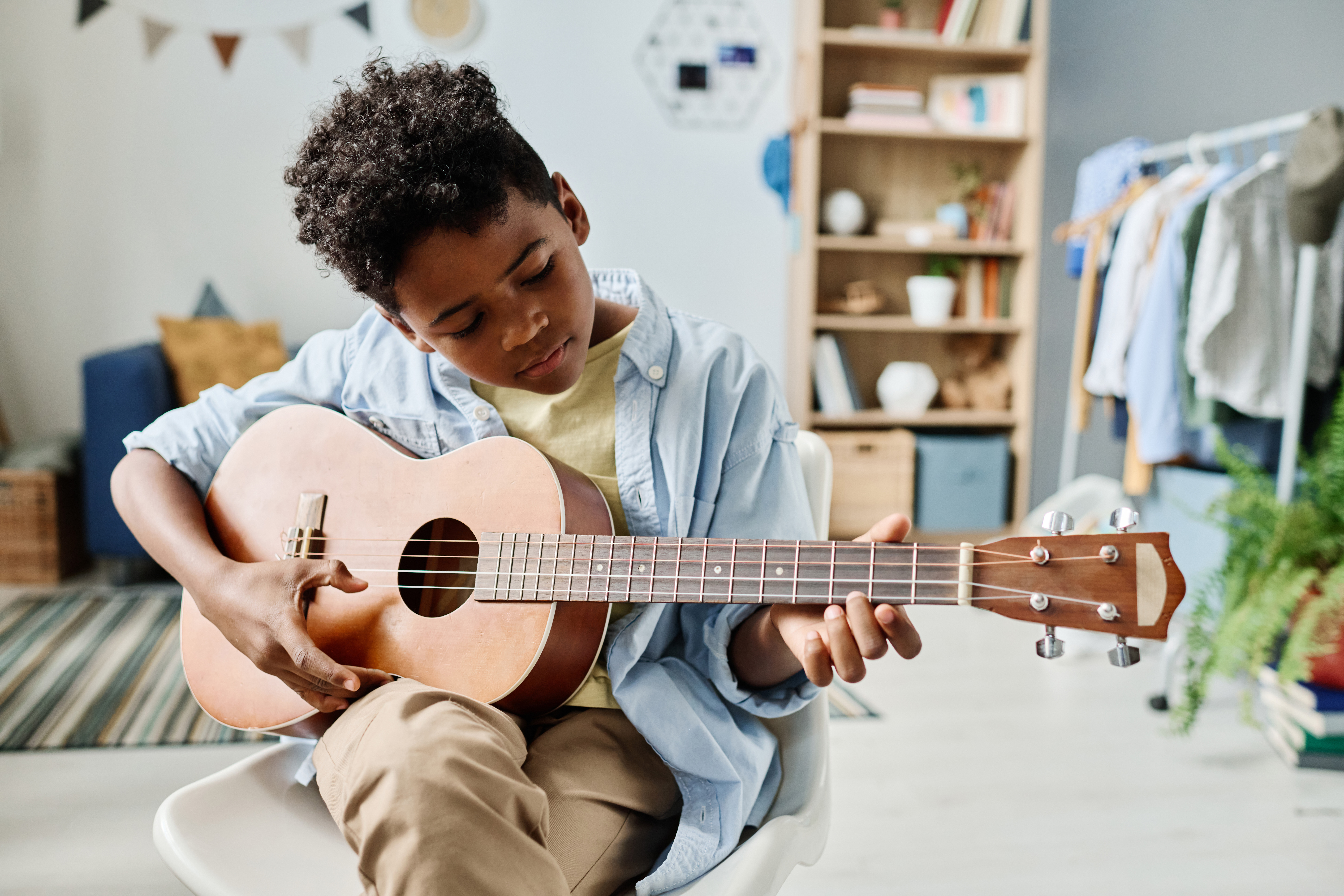Brave rarely feels brave.
Mostly, it feels like anxious, scared, stressed, nervous, hard, clumsy, or awkward.
This is the brave space – the space between comfortable and done. It’s a hard space to be in, and that’s exactly why it’s brave. Strengthening children against anxiety isn’t about keeping them out of the brave space, but about supporting them while they’re in it.
That also means handling our own anxiety about their anxiety – because when they’re in the discomfort of the brave space, we are too. When we show them we can hold steady and handle their anxiety without needing to change how they feel, it makes way for them to do the same.
Here’s what helps.
First, we decide, ‘Is their discomfort from something unsafe or from something growthful?’
Then, ‘Is this a time to lift them out of the brave space, or support them through it?’
Children carry both longing and fear. They long to be brave, and they are scared to be brave. Our job is to see both.
Let the longing and the fear exist together. ‘I can see how much you want to be brave, and how hard that feels right now. Being brave feels scary sometimes doesn’t it.‘
Then, align with the longing. ‘What would feel brave right now?‘
‘Brave’ isn’t about outcome and it isn’t a feeling. It’s about handling the discomfort of the brave space and moving towards the wanted thing. They don’t have to handle it all at once, and the move through the brave space can be teeny – a shuffle rather than a leap.
To start the move it can help to face them in the right direction. To do this, shift their focus from the anxiety to the wanted thing. How will they feel when they’ve done it? Proud? Happy? Excited? Relieved? Or, imagining tomorrow, if it suddenly felt easy, what would that feel like?
The more we normalise the anxiety, and the safer they feel with it (see ‘Hey Warrior’ or ‘Ups and Downs’ for a hand with this), the more we strengthen their ability to move through the brave space with confidence. This will take time, experience, and probably plenty of anxiety along the way. It’s just how growth is.
We don’t need to get rid of their anxiety or fix it. It’s not a sign of breakage. In fact, it’s a sign they have a strong, beautiful, powerful brain that is doing exactly what brains are meant to do – keep them safe. The gift we give them is helping them see: You can feel anxious and do brave.
They won’t believe this until they experience it. So we move with them through the brave space. Lovingly. Patiently. Confidently. Step by step. It doesn’t matter how small the steps are, or how slow, as long as they’re forward. Every step is proof: anxiety might shrink the feeling of brave, but never the capacity for it.



I agree with everything you have said! We have to be careful because most of the time we just rush in and try to fix it for them.
Thanks for the reminder.
So much really appreciate this as I launch my 18 y o into university and he is feeling pretty anxious.